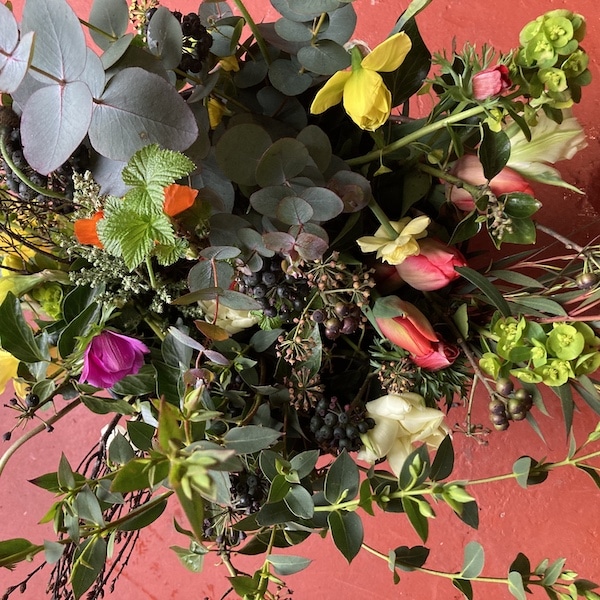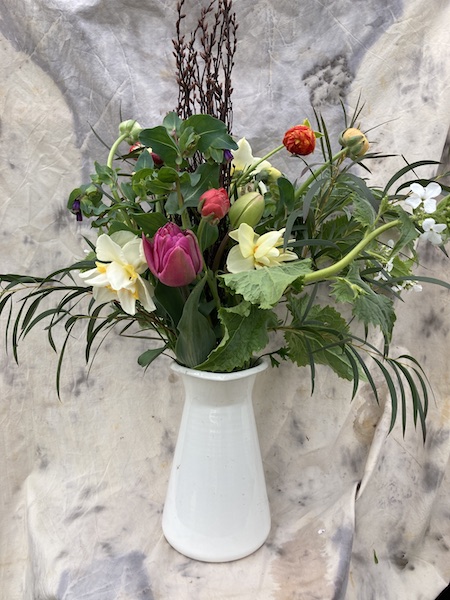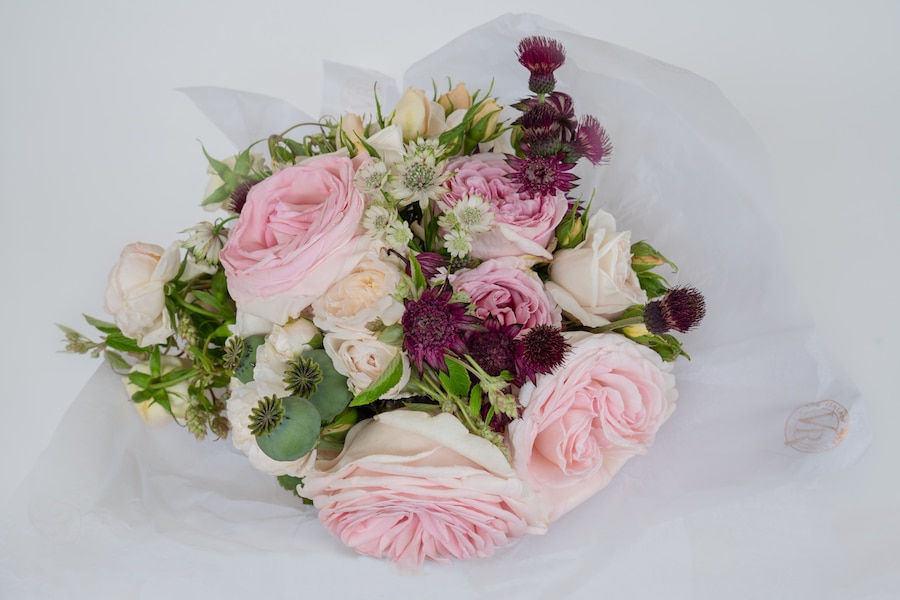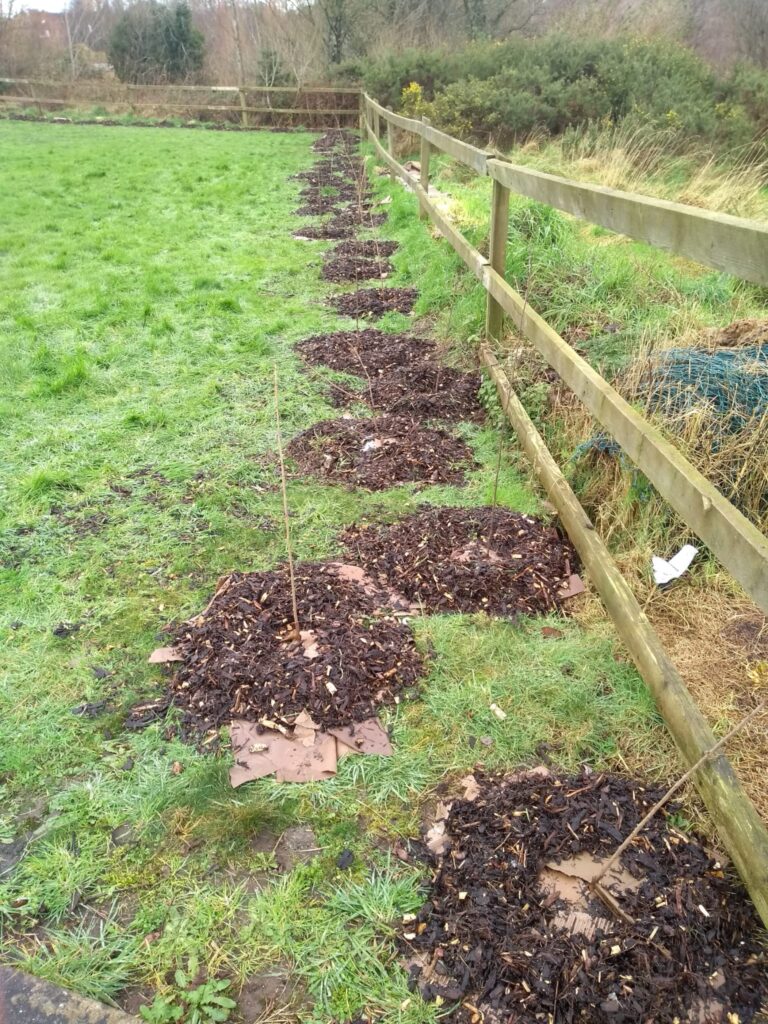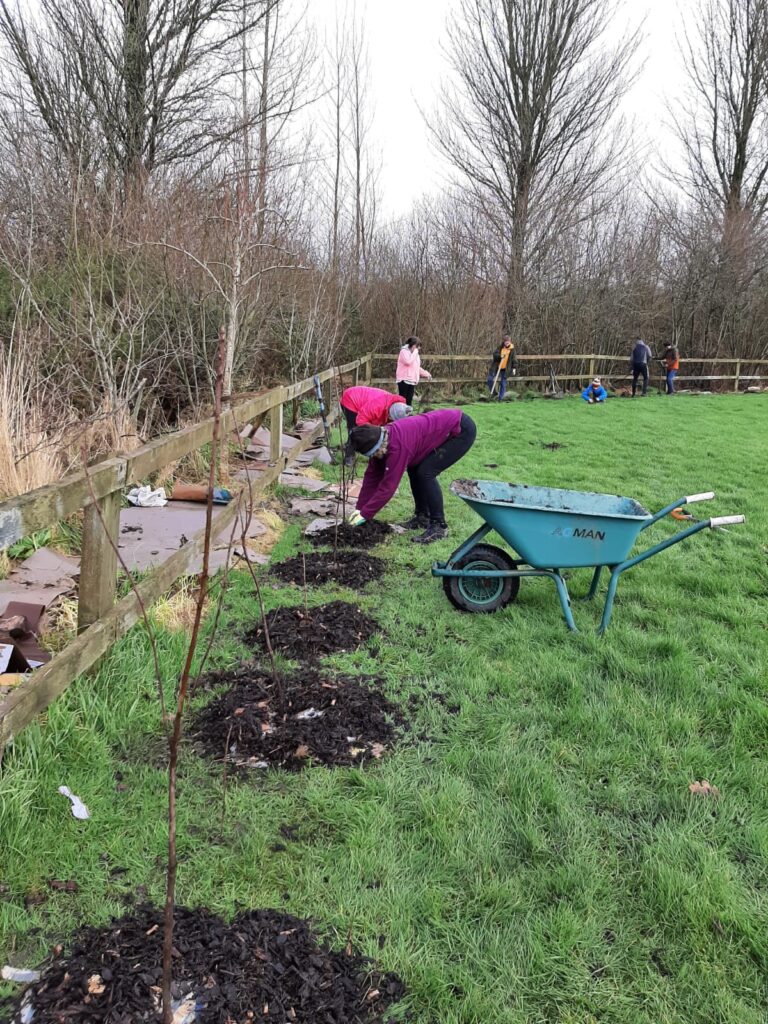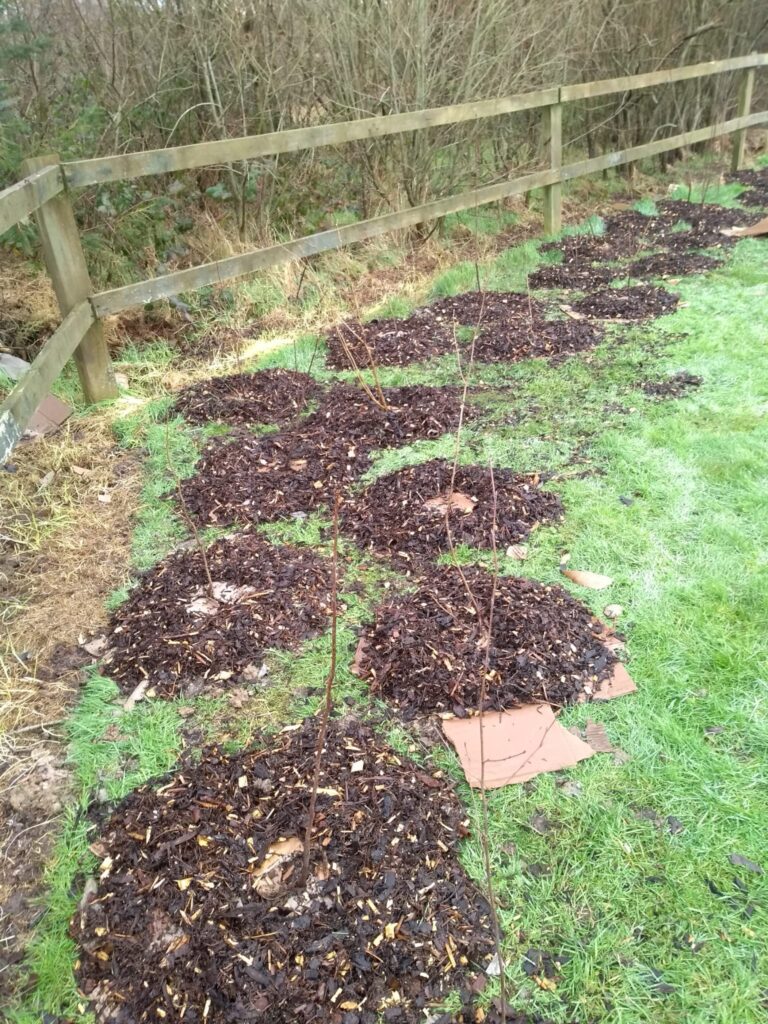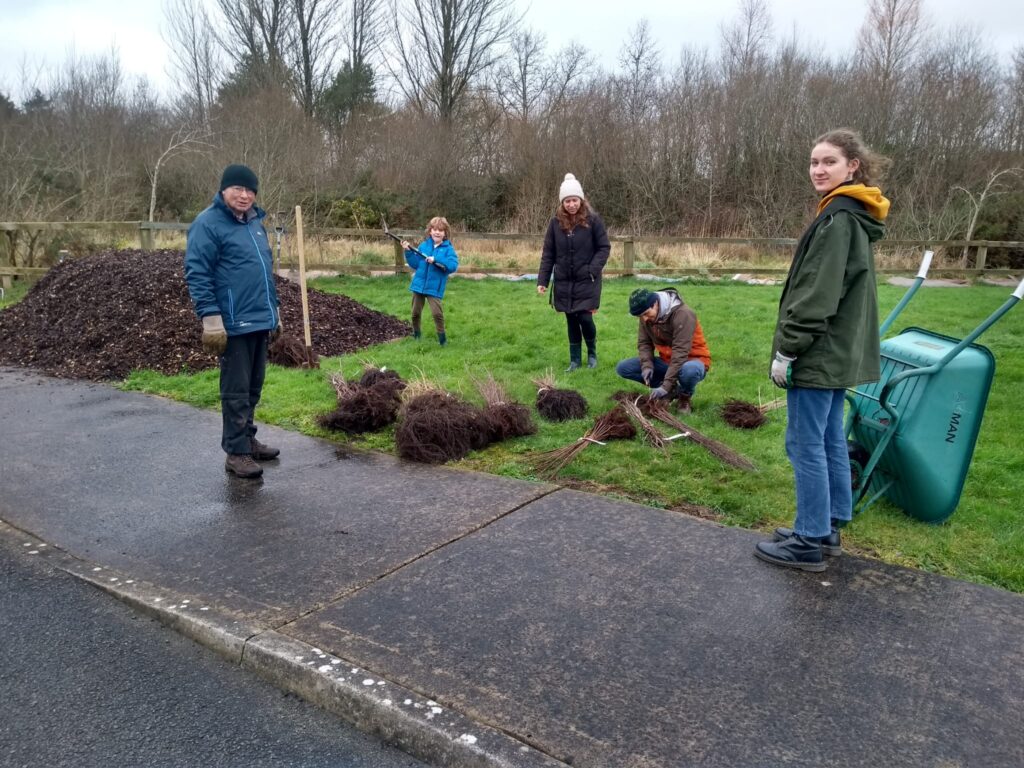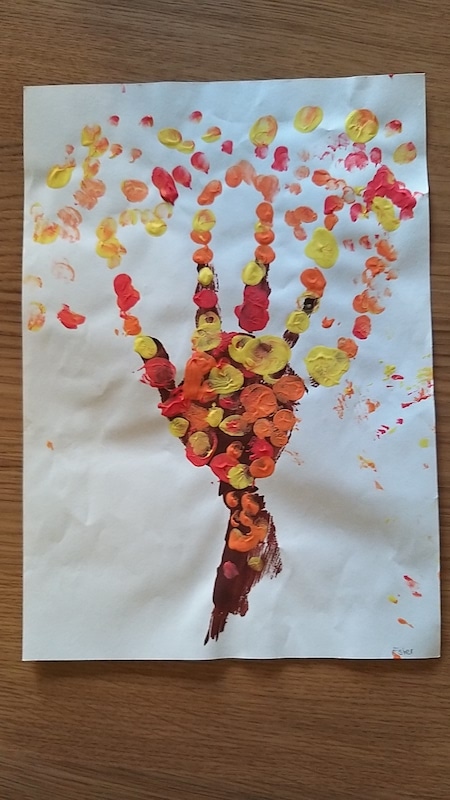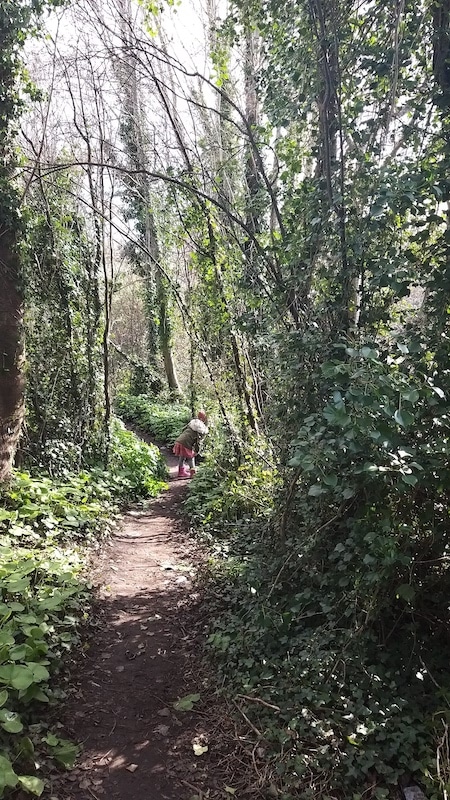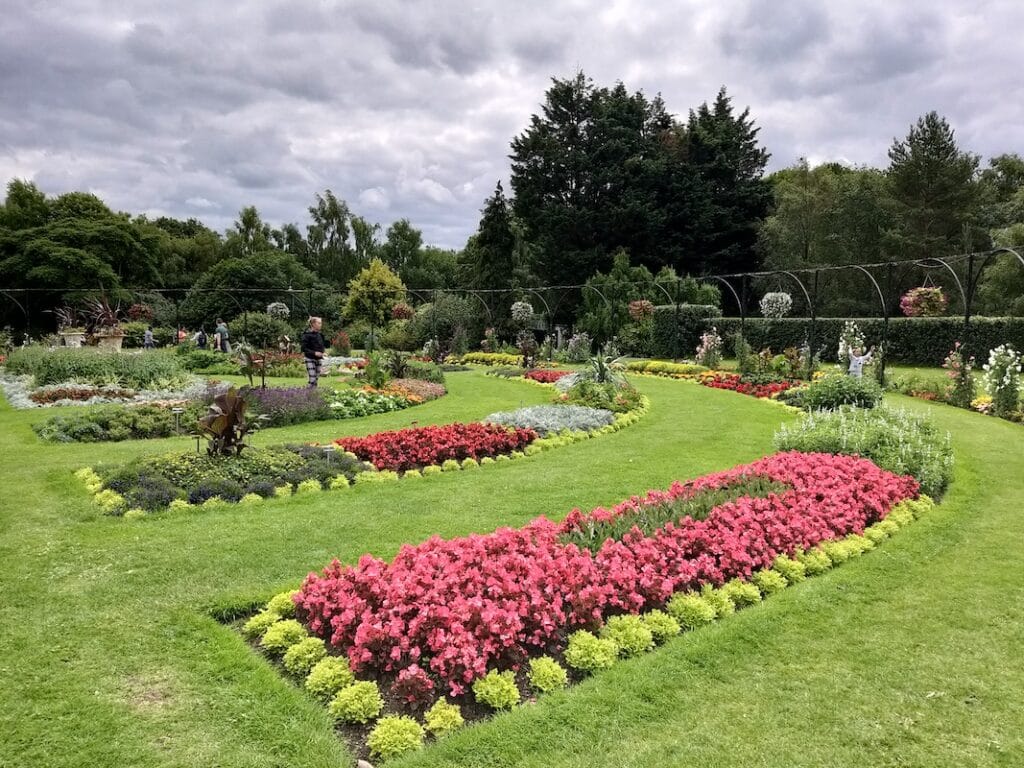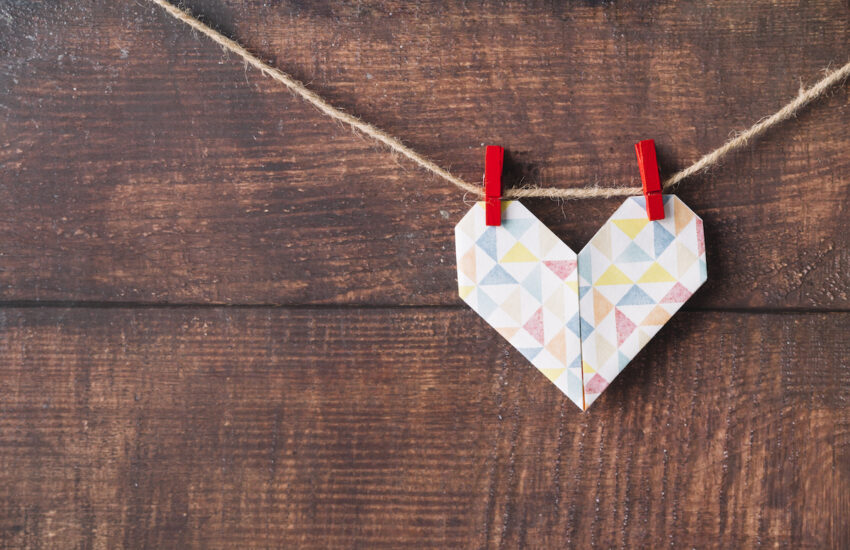For the LOVE of NATURE
While environmental and conservation concerns look towards species endangerment, and things like how pollution and climate change is effecting the Earth’s atmosphere, the oceans and our fresh water systems; I felt there was not enough concern being shown – or indeed voices advocating for – nature itself.
With lots of talk about the climate crisis and great activism in the Climate Change arena I felt ‘nature‘ needed more of our support and representation too. So last September, in collaboration with Green Sod Ireland I launched a Biodiversity Ambassador Programme.
In my opinion one of the primary ethical dilemmas we face today is safeguarding Earth’s biodiversity – caring for the whole system. Protecting the well-being of individual plants, shrubs, invertebrates, and the various ecosystems; regardless of the services they provide humans.
Instead of taking a deep ecology perspective (understanding our interconnectedness) we have created a world disconnected from (and almost devoid of) nature. Well at least that’s how I feel anyhow.
My name is Ashleigh Downey. I am the founder of Greenhouse Culture, and the organiser of the Biodiversity Ambassador Programme. For years I have been doing what I can to safe guard this beautiful planet we call home. I am a Climate Ambassadors with the wonderful National Trust of Ireland, An Taisce, and have the honour of being trained by former president Al Gore as a Global Climate Reality Leader. For over a decade I have been living a minimum waste lifestyle. Where possible and when I can get the time I make my own products. & I love to make connections and collaborate with other environmental activists. Above all this it is nature that has a hold of my heart.
Suffice to say I LOVE NATURE. It has always been my inspiration. Passionate about the natural world, I so often find myself wanting to shout from every mountain top ‘Love LIFE … Love Nature … Love all living beings …’
So I decided to developed the Biodiversity Ambassador Programme. & who better to help spread the love of nature than a Land Trust Charity. Acting with deep understanding and knowledge that all life is interconnected and interdependent, Green Sod Ireland was the ideal collaborator. For well over a decade they has been working to protect land for its own sake and for the sake of the species that live on it. If you haven’t already I would highly recommend you checking them out.
With February the month of love, (& today Saint Valentines Day) I would like to extend my love and admiration to all our Biodiversity Ambassadors: Gregory Babatunde Ayinla-Thomas (Nigeria), Bridgette Brew (Galway), Neil Barrett (Dublin), Anna Browne (Westmeath), Suzie Cahn (Wicklow), Rachel Dowling (Wicklow), Susan Doyle (Wexford), Patrick Fahy (Mayo), Mir Fitzgerald (Kildare), Siobhán Gibbons (Mayo), Gobnait Ni Neill (Dublin), Marie Gordon (Dublin), Brian Gray (Dublin), Justin Ivory (Wicklow), Victoria Ivory (Wicklow), Carsten Krieger (Clare), Rachel Leddy (Galway), Noreen Lucey (Wicklow), Sophia Masood (Wicklow), Barbara McGraynor (Wicklow), Mary Moynihan (Dublin), Deirdre O’Carroll (Meath), Ciara Parsons (Cork), Codie Preston (Dublin), Emma Rath (Wexford), Brian Reilly (Ukterat), Stephen Roche (Dublin), Keith Scanlon (Wicklow), Sofia Fonseca (Portugal), Gerard Walsh (Dublin)

Green Sod Ireland Biodiversity Ambassador Programme, in partnership with Greenhouse Culture
We are privileged to have so many talented and passionate people join us in our mission to safeguard the natural environment and all its biodiversity. We will share more about these amazing group of people as the year go on… For now here are some of their thought and ideas… A Valentine (LOVE NATURE) message from the ambassadors to you… 💗 xx
Some of our Biodiversity Ambassadors respond to the phrase: ‘For the LOVE of NATURE’
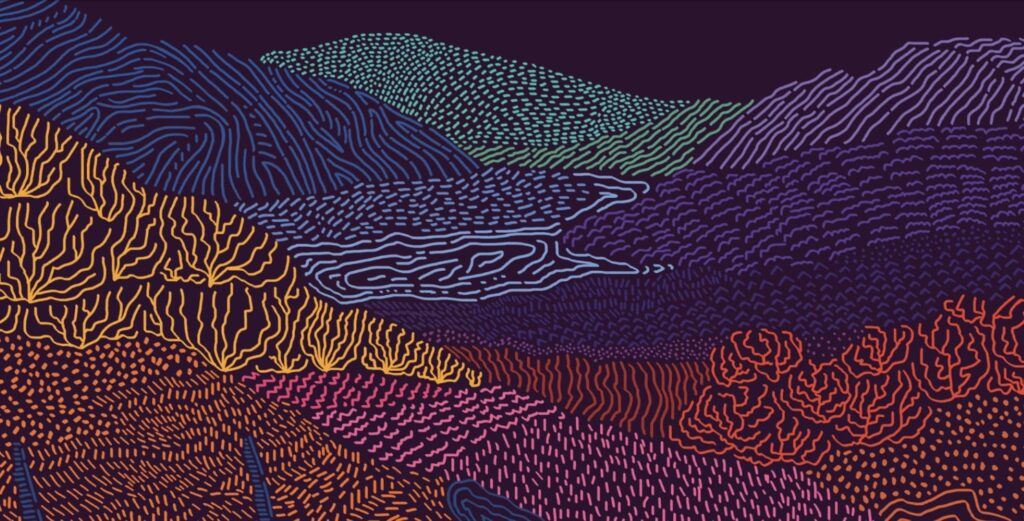
Anna Browne
Buying flowers to show your love – for Valentines Day or any time of the year.
As there are not many flowers in bloom at this time of the year, why not check out your local flower farmer and see what their offering is: https://flowerfarmersofireland.ie/finder/
Some alternative ideas – dried flowers, planted up bulbs, foliage bouquets, or subscriptions for flowers later in the year. Also taking courses for learning to grow will yield flowers forever, and benefit the pollinators too. If interested in learning more, here’s a growing course I offer: https://www.bigskyflowers.ie/product/flower-growing-course-tuesday-evenings/
Did you know that most of the flowers we buy, particularly at this time of the year, are imported flowers. for many reasons this is not good – as example, high carbon coast, and loads of pesticides because grown in non-regulated environment. Here’s a recent article on the topic from the Guardian: https://amp.theguardian.com/lifeandstyle/2022/feb/10/roses-ethical-original-bouquet-valentines-day-pesticide-love-eco-friendly
The global flower industry uses resources from the global south to create wealth in the global north, without regard for the people in the supply chain and the environment cost. Using extractive processes, rather than regenerative ones to grow the flowers, and with unregulated use of pesticides and herbicides to ensure ‘perfect’ blooms.
Using database compiled by Mike Berners-Lee at Lancashire university, researcher Rebecca Swinn calculated the carbon footprint of a typical bunch of flowers sold in a UK supermarket. https://www.flowersfromthefarm.co.uk/learning-resources/the-carbon-footprint-of-flowers/
This came in at over 30kg of CO2. To put this in context, the carbon footprint for someone flying from London to Paris in economy class is 58kg of CO2. Similar research estimated the annual carbon footprint of buying 1 bouquet a week of imported flowers is 1.5 tonnes of CO2.
In comparison, the same research estimated the carbon footprint of a British grown bouquet to be less than a tenth of the imported bouquet. While we have no research into this in the Irish context, it’s reasonable to assume similar figures.
Some hopeful news – the RHS has banned the use of floral foam form form all their flower shows from 2021. This sends a clear message to the public about the negative environmental inpact of this product, and shows that it’s possible to create beautiful duisplays without it. https://www.housebeautiful.com/uk/garden/a30594959/floral-foam-ban-rhs-flower-show/ The Church of England has been asked to consider a similar ban.
Mothers Day (27 March) – there will be locally grown flowers available, find your local flower farmer now, and place an order.
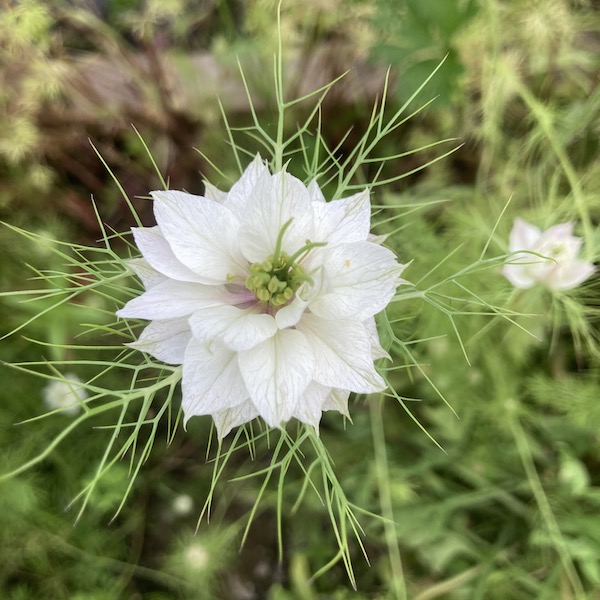
Susan Doyle
For the love of nature: some hardy neighbours devoted their afternoon and energy to planting 250 native hedging saplings in Rectory Hall, Castlebridge (generously provided under the “Trees for Wexford ” initiative run by Wexford County Council).
Just thrilling to get them into the ground, knowing they’ll provide much needed food + shelter to our native wildlife and pleasure to many over the years to come.
- Silver birch x 50
- Black alder x 25
- Bird cherry x 25
- Sweet cherry x 25
- Guelder Rose x 25
- Rowan x 25
- Spindle x 25
- Hazel x 25
- Whitebeam x 25
Patrick Fahy
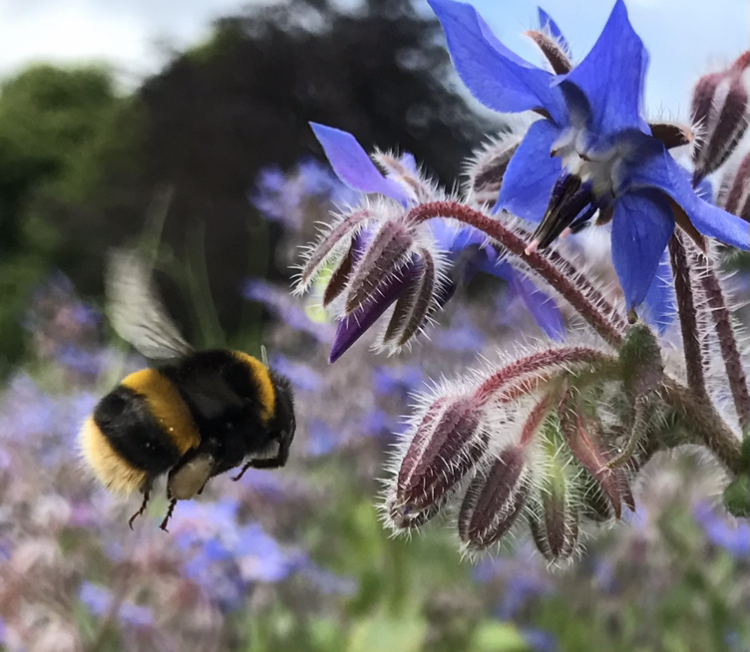
Why I love Nature
I think this photo captures why I love nature in many ways. A white-tailed Bumblebee Queen in mid-flight making the most of these Borage flowers, always generous with their nectar. A brief moment captured in time, it’s always worth taking a moment to take in my natural surroundings, even to observe something as familiar as a seagull on a stormy day can be wonderous to the naturalist’s eye. Gliding along at its own steady pace, as if there is no storm, only a gentle breeze. It’s wings on the other hand going through all sorts of manoeuvres and machinations to stay the course. Noticing now the light harps shining on the mountains, spotlights of rich colours contrasting against the dark shadows and for a brief moment I forget the storm and the westerly winds. Nature gives us so much, it’s time to give back.
Sofia Fonseca
Carsten Krieger
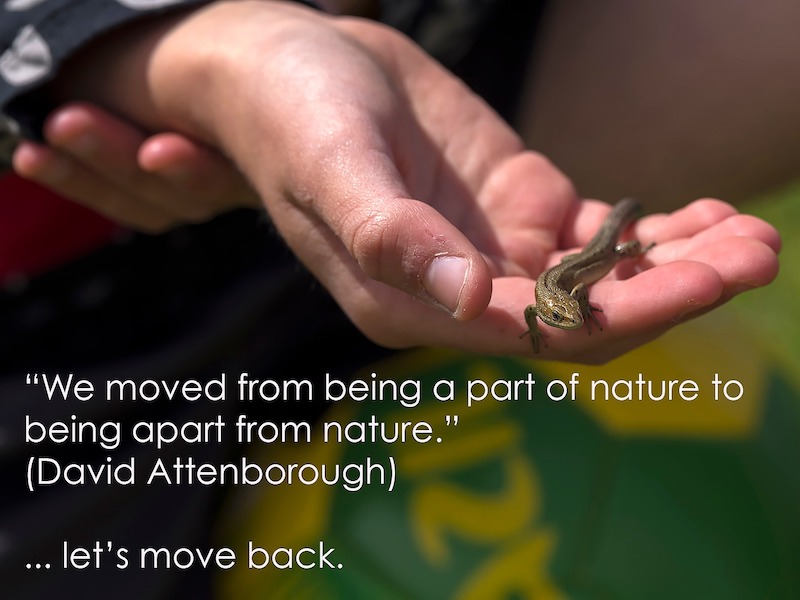
Mary Moynihan
Why we should love nature – Because we are a part of nature and constantly interact with it. We are not standing outside of nature, it is not something that exists outside of us, in a park or on a mountain. We belong to nature and are a part of it and it is a constant part of us.
We are in constant interaction with nature and can damage nature in our interactions so we have to find a way to be gentle and kind, to love and protect nature because in doing so we are loving and protecting ourselves and future generations.
Emma Rath
Show nature some love this February, she surrounds us with it all year round ❤
For a little inspiration here is a great map done by children in County Wexford about how outdoor spaces make them feel.
They devised a colour code; mapping colours and places and feelings.
See here for more details on the project:
Great Places and Spaces Project
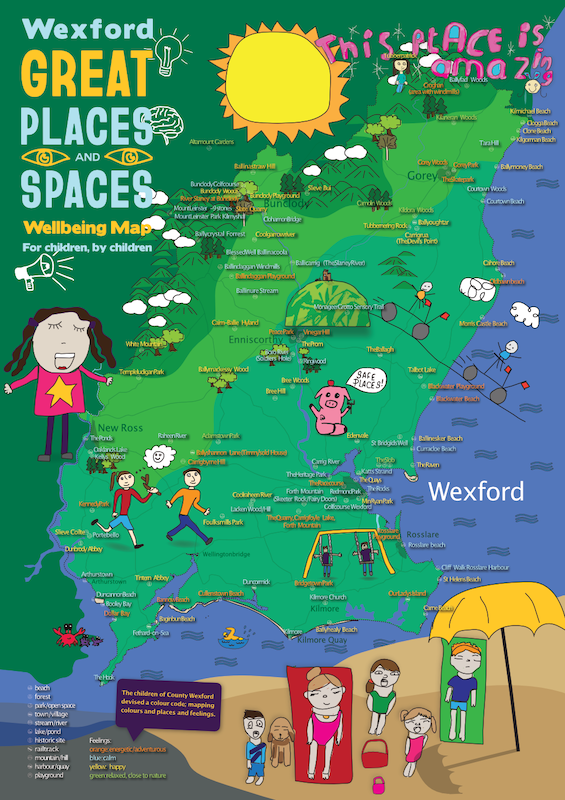
Brian Reilly
Why beautiful things make us happy, by Kurzgesagt. About the science of beauty, and it’s influence on our wellbeing. We have evolved to see beauty in certain forms, based on their appearance in nature. I think this makes an unusual but pretty good argument for creating beauty in our surroundings using nature and biodiversity.
Glen Affric: A landscape worth restoring by Trees for Life.
I’m a little obsessed with Trees for Life and their success in restoring and rewilding huge swathes of the Scottish highlands. This video is just stunning, and I think it really provides a call to action for us here in Ireland, where despite a similar landscape and cultural history, we have nowhere near the scale of restoration or even afforestation that is currently taking place in Scotland. Some day I hope to see similar content made in Ireland, with leafy hills and living bogs, red squirrels, pine martens, wild salmon and all the rest.
I also think of these songs when I read the phrase “For the love of nature”.
Hozier, a Wicklow native, is an incredible songwriter, and has a beautiful way of weaving nature into his songs. A warning though, they manage to be both beautiful and very morbid. I guess that’s talent in itself. In A Week (feat. Karen Cowley) is one of my favourite songs. Something about the duet feels very Irish, and even though it evokes death and decay, it uses nature and biodiversity to say something new and beautiful about love. Then from his 2nd album, Shrike is just a heart-wrenching song using a shrike – the small bird that famously impales its prey on thorn bushes – as a metaphor for what I can only presume was a past-lover. Happy Valentine’s! 😅
I believe we can all live in harmony, creating a world where humans and nature live in symbiosis. We just need to decide, and then of course – Take Action!
– Ashleigh Downey
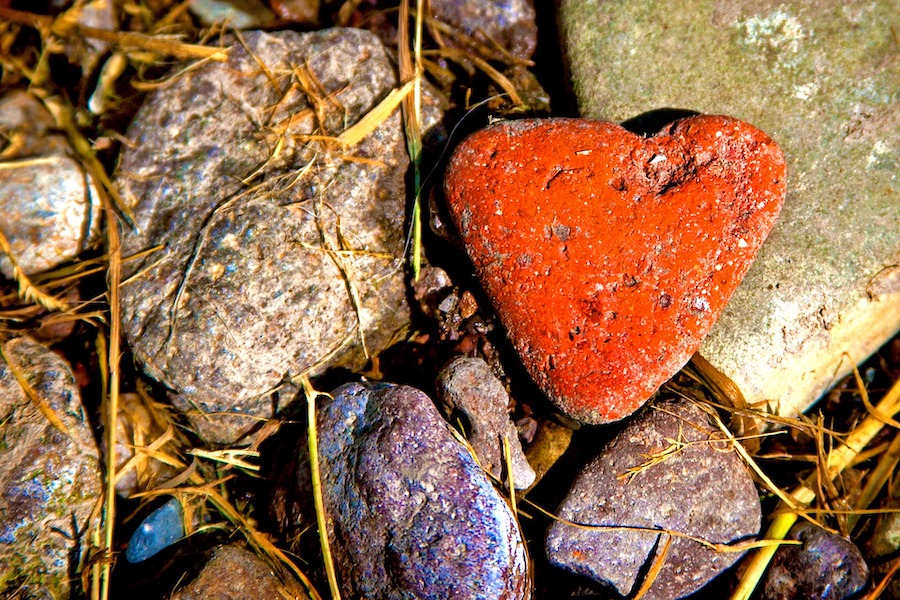
Study nature, love nature, stay close to nature. It will never fail you.
– Frank Lloyd Wright

in partnership with Greenhouse Culture

